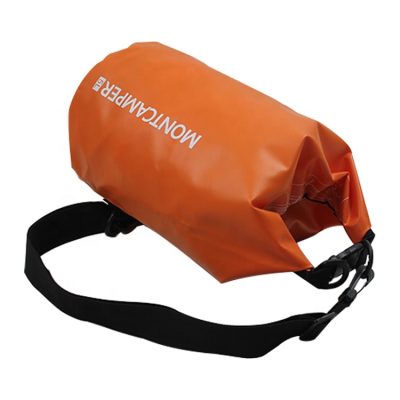Weatherproofing with tarpaulins is essential to ensure your outdoor equipment, belongings, or living space remains dry and protected from the elements. Whether you’re using tarps for shelter, covering outdoor gear, or protecting a construction site, here are some tips for effective weatherproofing:
- Select the Right Tarpaulin:
- Choose a tarp made from a durable, waterproof material like polyethylene (PE), polyvinyl chloride (PVC), or canvas, depending on your needs.
- Ensure the tarp is large enough to cover your intended area or items with some extra overhang for adequate coverage.
- Properly Position the Tarp:
- When using a tarp for shelter or covering equipment, make sure it’s positioned to shed water away from the protected area.
- Angle the tarp slightly so that rainwater runs off, preventing pooling and potential leaks.
- Securely Fasten the Tarp:
- Use sturdy ropes, bungee cords, or tarp clips to secure the tarpaulin. Ensure it is tightly and evenly fastened to prevent flapping in the wind.
- Place grommets or tie-down points at regular intervals along the edges of the tarp for easy attachment.
- Create a Tight Seal:
- Overlap multiple tarps if necessary to create a tight seal and prevent water from seeping through gaps.
- Seal any seams, holes, or tears with tarp repair tape, adhesive, or by sewing if possible.
- Use Tarp Clips and Clamps:
- Tarp clips and clamps can help secure the tarp to objects, such as poles, without damaging the tarp material.
- Elevate the Tarp:
- For ground cover or protecting equipment from flooding, elevate the tarp slightly above the ground to prevent water from pooling underneath.
- Inspect and Maintain Regularly:
- Periodically inspect the tarp for damage, wear, or tears. Repair any issues promptly to maintain its weatherproofing capabilities.
- Clean the tarpaulin as needed to prevent the buildup of dirt, debris, or mold, which can compromise its waterproof properties.
- Add Reinforcements:
- Reinforce high-stress areas and corners of the tarp with additional layers of tarp material or patches to prevent tearing.
- Use Proper Pitch and Slope:
- When setting up a tarp as a rainfly or shelter, ensure it has a sufficient slope to encourage rainwater runoff.
- Use tent poles or sturdy supports to maintain the desired shape and pitch.
- Consider Ventilation:
- In enclosed spaces, like makeshift shelters, consider adding ventilation openings to reduce condensation and improve air circulation.
- Apply Waterproofing Spray (for Canvas):
- If you’re using a canvas tarpaulin, consider applying a waterproofing spray or treatment to enhance its water repellency.
- Monitor Weather Conditions:
- Stay updated on weather forecasts, especially if you’re using tarps in situations where they need to protect valuable items or people from severe weather.
By following these weatherproofing tips, you can maximize the effectiveness of tarpaulins in keeping your belongings or outdoor spaces dry and protected in various weather conditions. Proper maintenance and care of your tarps will also extend their lifespan and performance.


















